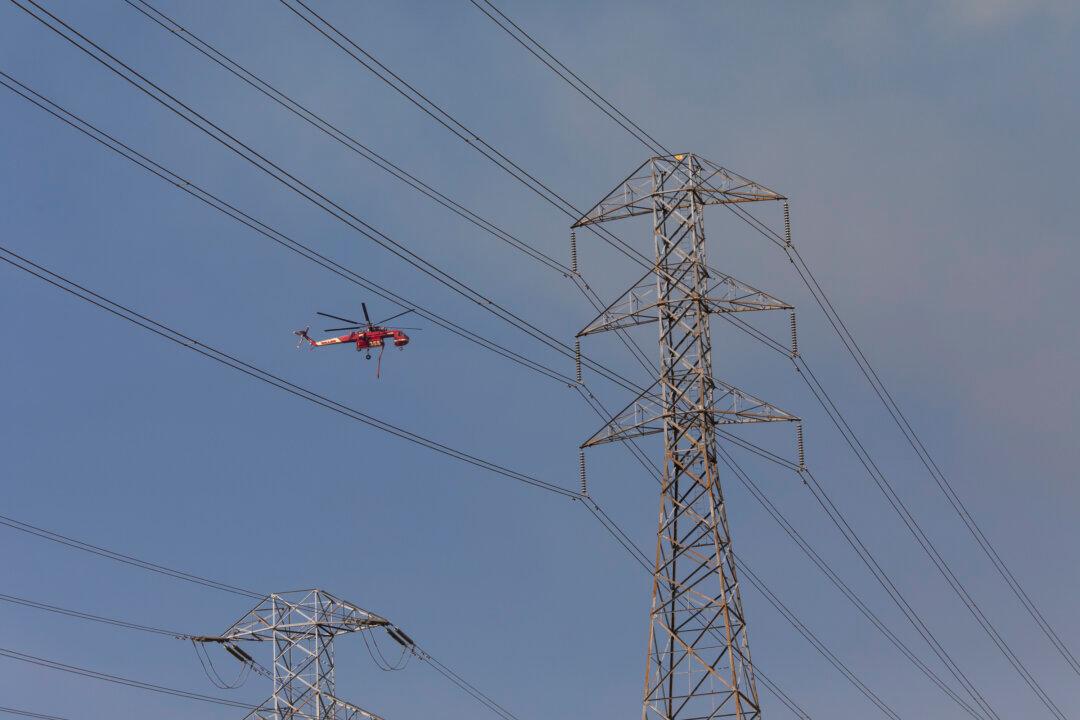California utility companies are experimenting with new technology that could help prevent blackouts, preemptive power outages and wildfires ignited by faulty or downed transmission lines.
The technology, developed by Texas A&M University engineers, is a new kind of software called Distribution Fault Anticipation (DFA). The software interprets variations in electrical current on utility circuits caused by deteriorating conditions or equipment failure and warns utility operators to respond to problems before they cause power outages or spark fires.





